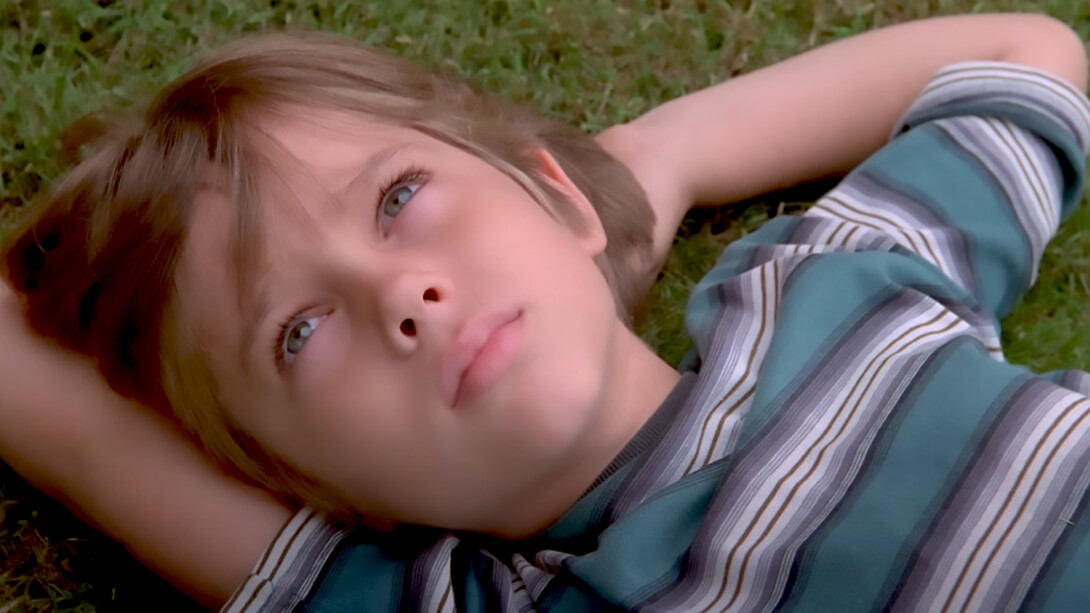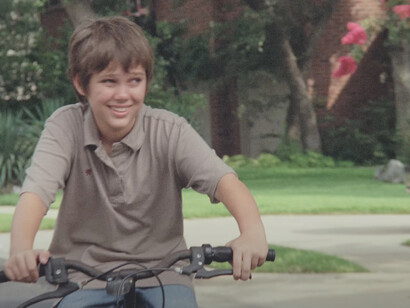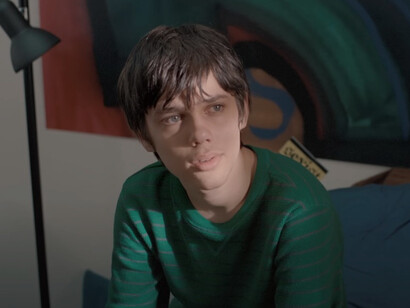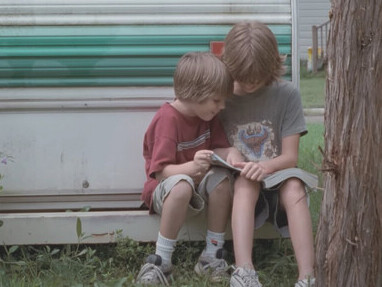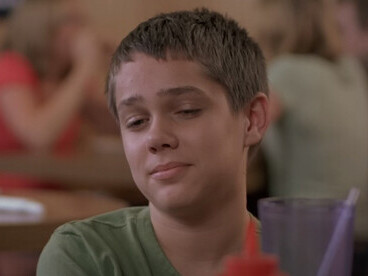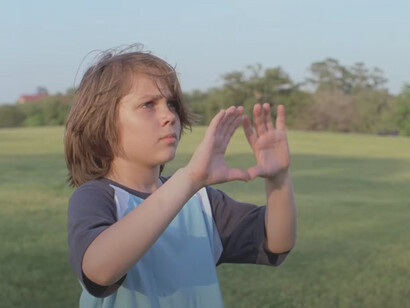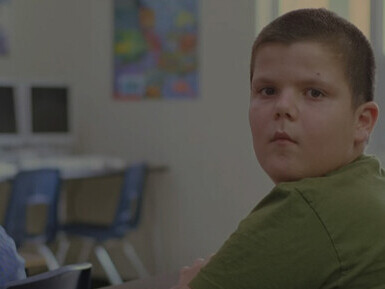The movie I have watched more than I can count, directed by Richard Linklater. It’s two hours and forty-five minutes long. One of the two films on my SanDisk pen drive from 2017 lasts for two hours and forty-five minutes.
Why watch Boyhood?
At the time, I was 16 years old; watching this movie did not feel like watching any other film I had ever seen. Being so young and feeling lost might also be why I could see similarities. It’s one of the few movies that has captured the authentic life changes of the time they covered (2002-2013) while maintaining a true sense of individuality in each character.
Movie for the '90s kids
Someone born in 2014 watching Boyhood in 2025 probably will not be able to relate to it like people born in the late 90s and the early 20s do. The world has changed so much since 2014. I could see the long-term dedication and discipline that the people involved in making this film had to put into creating something more than just drama. A coming-of-age story of not just a boy named ‘Mason,’ but also his sister ‘Samantha’ and estranged parents, with more than 10 other characters that make meaningful appearances.
Capturing sibling bond
The single mother, ‘Olivia,’ and the father, ’Ethan,’ who shows up a few times with gifts until he settles down with a woman named ‘Nicole,’ become increasingly present in his kids' lives.
Samantha, who is Mason's elder sister in the movie, is played by Lorelei Linklater, the daughter of director Richard Linklater. Their sibling chemistry is even more authentic; the play fighting, Samantha being the annoying elder sister, and Mason's complaining to Mom over his sister being annoying is an age-old tale between any siblings.
Capturing characters' authenticity
It was inspiring to watch a strong woman work through finding her dreams while also having enough patience and grace to be present for her two children. The way every year of Mason’s personal growth is shown, so is the growth of the world, and the music portrays it well throughout. Having Coldplay’s Yellow in the opening scene was the best choice.
Capturing simple actions with big meaning
The opening scene is where Mason—the main character—is lying on the ground at the time six years old. Looking up at the sky only enhanced his longing to escape reality and his curiosity to know more than what meets the eye. The music in this film slips into the film like memories and does not shout for attention. “Deep Blue” by Arcade Fire zooms in on how, during teenage years, it feels like the world is yours to take and the rush of it all.
Capturing deeper meaning of life
The whole of the movie was about how people keep changing, only leaving memories, and pondering for too long is of no use. I was more drawn to Mason's silence in the car while the mother, Olivia, screamed at Samantha for complaining about changing schools because of an alcoholic and abusive husband (Bill), and when the father, Ethan, sold the Pontiac GTO that he had promised to give to Mason on his 16th birthday. Both times, the silence was different, but I could see the frustration and tiredness of not being heard in both places.
Like in the movie that encapsulates it all in one short sentence, “The moment seizes us, and that’s constant—it’s always right now.” Richard Linklater has portrayed the lives of each character with such empathy; only someone who observes life without expecting perfection can give space for everyone to grow.
Capturing the point of owning possessions
The message, “No one knows what the point of owning possessions is,” was a point that I saw Linklater put across, especially at the end when Mason is going off to college and his mother, Olivia, is selling their home and having a yard sale. This same message was portrayed throughout the movie when Olivia had an abusive relationship with Mason and Samantha’s stepfather (Bill), who was also at one point Olivia’s professor. They had to leave without any belongings. Touching on all issues with the utmost care is what I saw. What I could not unsee is how they did not try to tie everything up neatly.
Capturing cinematic authenticity of reality
There’s no single moment that defines Mason’s life; it focuses on the quiet pieces—the arguments, the car rides, the silences, the singing with their dad—which were enough to bring out the authenticity of real life. Displaying the real truth of growing up: we don’t get a big finale.
We get the small, everyday things that somehow come together and become our everything. Along with a broken home, a unique perspective has been captured by filming over the span of 12 years or so—from 2002 to 2013—yet the shooting is only filmed for thirty-nine to forty-five days. One of a kind, as far as the thousands of movies I have watched so far in my lifetime.
I have seen two different types of films: one that focuses on the internal growth of a person and the other that focuses on the world’s growth, may it be negative or positive. There are only a handful of films that capture both well, and Boyhood is one of those films.
